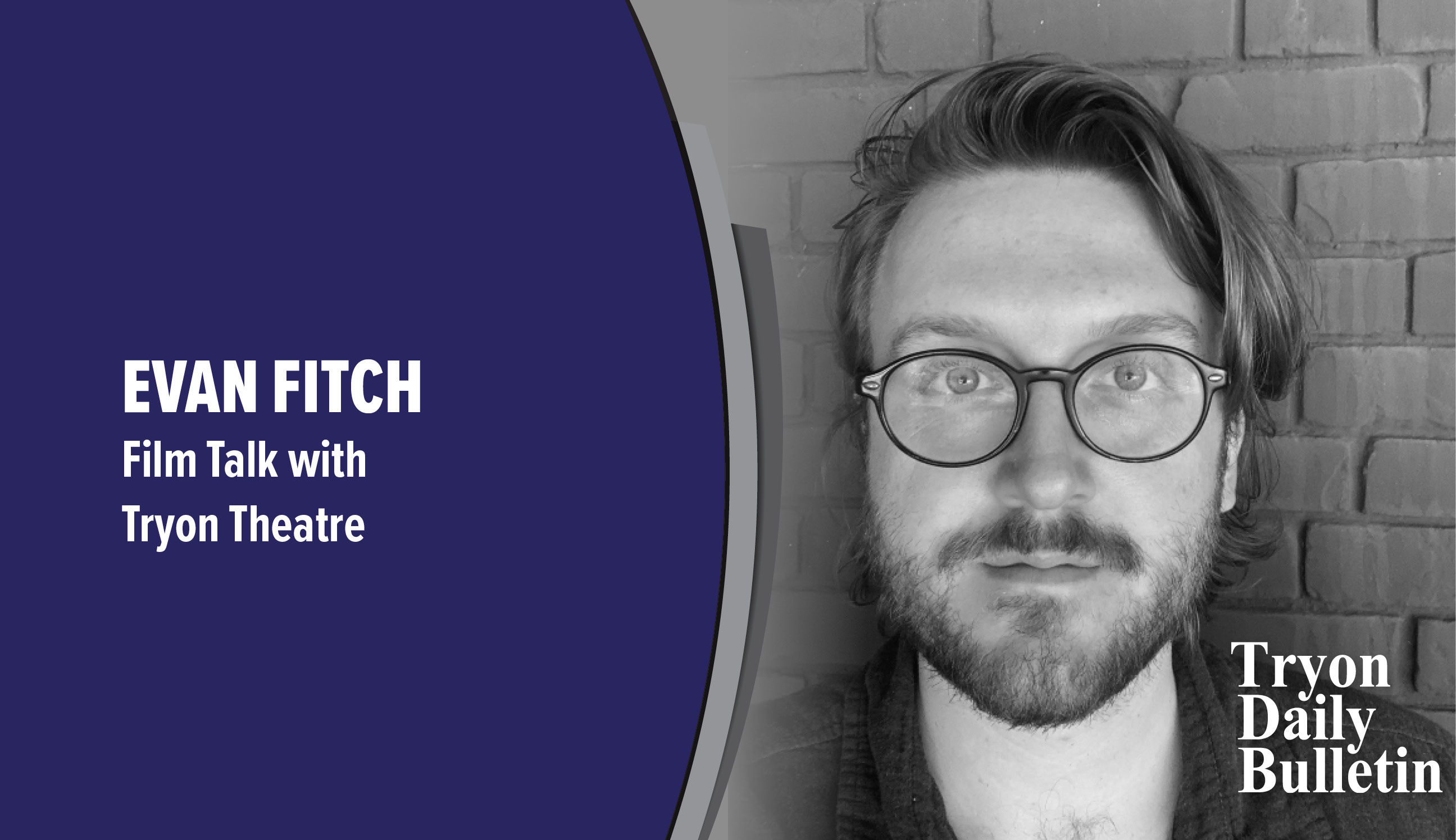Explore alternative history in “Amsterdam”
Published 8:00 am Tuesday, October 25, 2022
|
Getting your Trinity Audio player ready...
|
Stumbling head first out of history, through the looking glass, and onto the screen this week at Tryon Theatre is “Amsterdam,” a creatively entertaining and thoroughly stylish period romp. “Amsterdam” tells the story, across two distinct decades, of a trio of friends bonded through adversity and happenstance. Its story is told with a sprawling cast of stars, including some seasoned veterans, and some fresh faces. At the helm of this sprawl is David O. Russell, a director well experienced in large ensemble casts and intertwined narratives of plot, having directed films such as “American Hustle” (2013), “Silver Linings Playbook” (2012), and “I Heart Huckabees” (2004).
The trio at the center of the film’s winding plot comprises a doctor, a lawyer, and a nurse; the set up to a joke that’s never made amongst the film’s many moments of levity. These disparate professionals are portrayed by Christian Bale, John David Washington, and Margot Robbie, respectively. Bale and Washington’s characters meet as soldiers in WWI, and while both are recuperating from battlefield injuries in Amsterdam in 1919, they bond with Robbie’s whimsically eccentric nurse. This meeting and union of the film’s protagonists shape the first chapter of the narrative, while the second takes place in 1932 New York City, as the wartime friends find themselves rejoined in intrigue and turmoil amongst a tumbling and twisting plot with dire stakes.
“Amsterdam” takes great pleasure in extracting all the possible quirk and style of its historical setting, as the sets and the costumes breathe warm life and charm into the darker backdrop of the film’s plot. The cinematography of the film deserves equal credit for the film’s warmth. Emmanuel Luzbeki (a legend of film) captures all the trials and follies of the characters with beautifully blended natural and artificial light, the golden tungsten bulbs and candlelight of the era gently bathing every frame in a beautiful quality. The joy of the film comes not only from its aesthetics but also from its plot, one that operates like a roller coaster. The experience is best enjoyed in a relaxed state, flowing with infinite twists, turns, and layers, and risking a headache if too much effort is made to remain linear along all the curves.
But while this film is very imaginative, it’s mostly imaginative in interpretation, not in creation. Many of the weirder elements and almost cartoonish concepts of the plot are grounded in distinctly real occurrences in post-WWI America. Now, because the broader strokes of the film’s plot are based upon this history, I will not go into any more detail than to name it. I would encourage you in your own time following the film to read up on ‘The Business Plot of 1933.’ However, ‘The Business Plot’ is not the only grounded inspiration for the film’s world. The film also interweaves this historical backdrop of plot with other sinister chapters of America’s early 20th-century past. A particular clinic featured in the film, for instance, is not a cheap thrill imagined by Hollywood, but an imagining of a very real practice in that time pursued to similarly ill-intentioned ends.
“Amsterdam,” while heavily inspired by history, will not itself serve as a history lesson. However, the themes explored in its creative retelling of history have ever-relevant weight. Moreover, “Amsterdam” should provide an imaginative and engaging divergence for any filmgoer, provided they don’t get dizzy from the film’s many spins!



